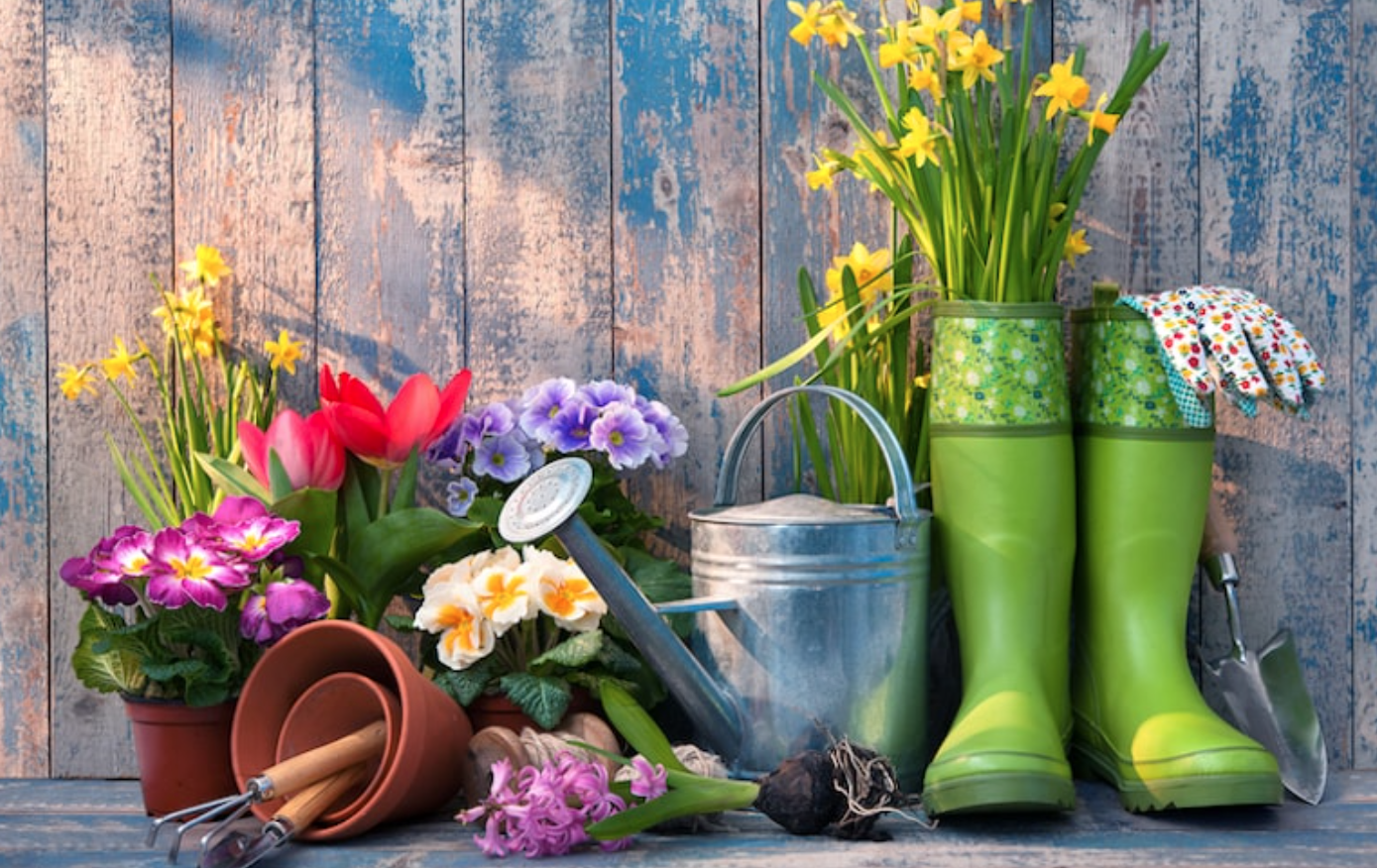As winter fades and spring beckons, gardeners across the neighborhood are beginning to plan their seasonal garden awakening. Experts recommend starting garden preparations in late winter to early spring, taking advantage of milder days to get a head start on the growing season. According to recent gardening guides, now is the ideal time to order summer-flowering bulbs like lilies and gladioli, clear garden beds of debris, and ensure your greenhouse is prepped for the busy months ahead.
The Foundation of a Successful Garden
Today, we will highlight the importance of early planning to ensure garden success. Local garden centers report increased traffic as residents take advantage of wet and windy winter days to browse catalogs and websites for new varieties of seeds and bulbs. Preparation in these quieter months allows for a more organized approach when the spring planting frenzy begins, giving plants the best possible start and ensuring a lively display throughout the growing season.
The foundation of spring garden success begins with thorough cleanup and soil preparation. Garden experts advise clearing flower beds and borders of dead leaves and debris, cutting back old growth from deciduous grasses and herbaceous perennials. While being wildlife-friendly means leaving some cutting back until early spring, now is the perfect time to remove visible weeds and prepare the soil for new growth.
Soil Quality
For gardeners looking to enhance their soil quality, incorporating organic matter is essential. When the soil is workable, dig a 5cm layer of well-rotted manure, compost, or recycled green waste into empty garden borders. This proactive approach to soil preparation not only improves soil structure but also introduces valuable nutrients that will feed plants throughout the growing season.
Additionally, winter is the ideal time to identify and eliminate hibernating pests like slugs, snails, and aphid colonies that shelter in the crowns of perennial plants, preventing potential infestations later in the year.
Tools
A gardener’s tools are only as good as their condition, making winter the perfect time for maintenance and infrastructure improvements. Garden experts recommend giving tools a thorough cleaning with strong detergent and hot water, followed by sharpening to improve performance.
Clean secateurs prevent the introduction of bacteria and fungi to fresh pruning wounds, while sharpened blades provide cleaner cuts and make gardening tasks easier. After cleaning and sharpening, applying oil or WD40 to blades and hinges extends tool life and ensures they’re ready for spring action.
Beyond tool maintenance, winter presents an ideal opportunity to repair garden infrastructure. Inspect fence panels, gates, and trellises for weather damage or decay, replacing broken segments as needed. Many local gardeners are using these quieter months to power-wash wooden structures, allowing them to dry completely before applying protective stains or preservatives.
Similarly, greenhouse sanitation is crucial – washing both interior and exterior surfaces with disinfectant removes algae, moss, and grime, allowing maximum light penetration while eliminating potential homes for pests and diseases.
Winter also provides the perfect opportunity for sustainable garden improvements. Local gardening experts recommend installing water butts to harvest winter rainfall, noting that rainwater is not only environmentally friendly but actually preferred by many plants, particularly ericaceous varieties like camellias and blueberries.
Additionally, these cooler months are ideal for relocating deciduous shrubs while they remain dormant. The key to successful transplanting is digging a generous circular trench around the shrub, preserving as much of the root ball as possible, and watering well after replanting. Creating a dedicated composting area is another sustainable practice gaining popularity among neighborhood gardeners, providing a place for organic waste to transform into nutrient-rich soil for future growing seasons.






